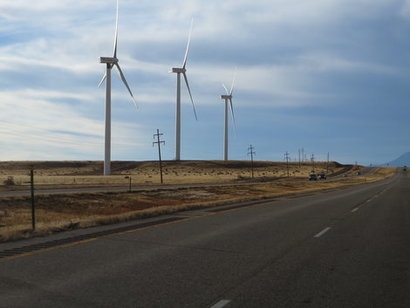
A growing volume of US assets are approaching the middle or end of their useful lives. Repowering these aging wind assets – either by replacing older units with new, higher capacity turbines, or by retrofitting more efficient components – could deliver significant improvements to project lifespan, reliability and returns.
With one eye on the 10-year lifespan of PTCs for existing projects, stakeholders in the US wind market have shown a justifiable appetite to partially – or fully – repower projects prior to the ‘begin construction’ and ‘placed in service’ deadlines. This can create substantial time pressure, and asset developers, owners and investors must not drop the ball when it comes to managing repowering risks as they rush to complete projects. Repowering can be highly complex from a development and technical perspective, and robust due diligence must be undertaken – both to ensure PTC qualification and to avoid unforeseen flaws that can derail a project.
Specifically, key considerations for stakeholders in repowering projects include:
As with new projects, repowering initiatives must comply with ‘begin construction’ and ‘placed in service’ requirements to qualify for the PTC.
Partial repowering initiatives may prove complex to finance and will be highly vetted. Distinctions between old and new equipment must be considered from a PTC eligibility, technical and operating perspective.
Any design modifications may involve additional permitting, with potential ramifications on the project timeline.
Conflicts may arise with existing contracts, and it may be necessary to agree new or extended contracts.
“Substantial opportunities exist for investors and asset owners looking at repowering aging wind farms before their respective ‘begin construction’ and ‘placed in service’ deadlines” said Chris LeWand, Global Clean Energy Practice Co-Leader, FTI Consulting, who will speak at the Infocast Wind Power Finance and Investment Summit in San Diego next week. “But it’s essential that, in the rush to meet these, stakeholders in repowering projects don’t hit unforeseen stumbling blocks that can have a significant impact on project timelines, development and financing. While repowering opportunities are currently attractive, repowering will still be viable in certain cases post-PTC. Alternative solutions that merit serious consideration include lifetime extension and optimisation.”
Chris LeWand will be speaking on a panel entitled Strategies for Aging Wind Assets at the Infocast Wind Power Finance and Investment Summit, taking place on February 5-7 in San Diego.
For additional information:

